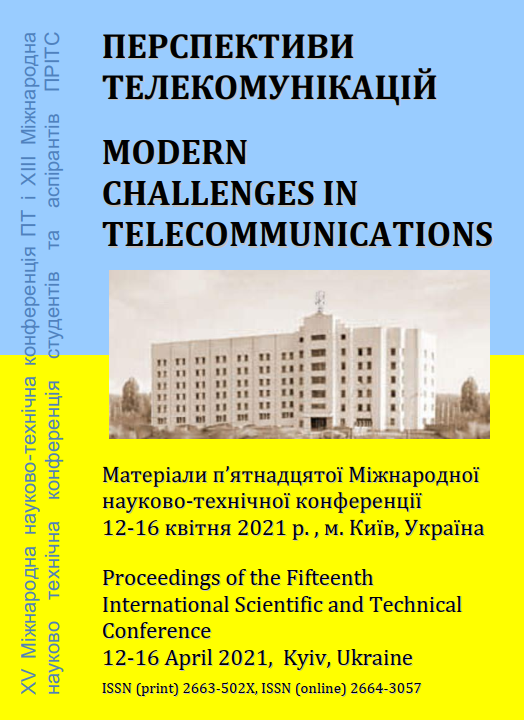ЗАГРОЗИ БЕЗПЕЦІ ТА ПРОБЛЕМИ ВРАЗЛИВОСТІ БЕЗПІЛОТНИХ ЛІТАЛЬНИХ АПАРАТІВ
Ключові слова:
БЕЗПЕКА ВРАЗЛИВІСТЬ, БПЛААнотація
Сьогодні безпілотні літальні апарати (БПЛА) використовуються в різних областях, таких як моніторинг, пошуково-рятувальні місії, комерційні послуги, наукові дослідження, сільське господарство, а також у військових цілях. БПЛА корисні в різних областях, але безпека завжди була головною проблемою. Крім того, БПЛА несе конфіденційну інформацію, пов'язану з конфіденційністю людей, і викликає серйозні проблеми, якщо дані використовуються зловмисниками. Було багато спроб вирішити проблеми безпеки БПЛА, але немає типового способу захистити БПЛА від різноманітних атак.Посилання
S. M. Giray, "Anatomy of unmanned aerial vehicle hijacking with signal spoofing," 2013 6th International Conference on Recent Advances in Space Technologies (RAST), Istanbul, Turkey, 2013, pp. 795-800, doi: 10.1109/RAST.2013.6581320.
Yaacoub JP, Noura H, Salman O, Chehab A. Security analysis of drones systems: Attacks, limitations, and recommendations. Internet of Things. 2020;11:100218. doi:10.1016/j.iot.2020.100218
M. Yampolskiy, P. Horvath, X. D. Koutsoukos, Y. Xue, and J. Sztipanovits. Taxonomy for description of cross-domain attacks on cps. In Proc. of the 2nd ACM international conference on High confidence networked systems, Philadelphia, Pennsylvania, USA, pages 135–142. ACM, April 2013.
K. Mansfield, T. Eveleigh, T. H. Holzer, and S. Sarkani. Unmanned aerial vehicle smart device ground control station cyber security threat model. In Proc. of the IEEE Conference on Technologies for Homeland Security (HST’12),Waltham, MA, USA, November.
##submission.downloads##
Опубліковано
Як цитувати
Номер
Розділ
Ліцензія

Ця робота ліцензується відповідно до Creative Commons Attribution 4.0 International License.
Authors who submit to this conference agree to the following terms:a) Authors retain copyright over their work, while allowing the conference to place this unpublished work under a Creative Commons Attribution License, which allows others to freely access, use, and share the work, with an acknowledgement of the work's authorship and its initial presentation at this conference.
b) Authors are able to waive the terms of the CC license and enter into separate, additional contractual arrangements for the non-exclusive distribution and subsequent publication of this work (e.g., publish a revised version in a journal, post it to an institutional repository or publish it in a book), with an acknowledgement of its initial presentation at this conference.
c) In addition, authors are encouraged to post and share their work online (e.g., in institutional repositories or on their website) at any point before and after the conference.

